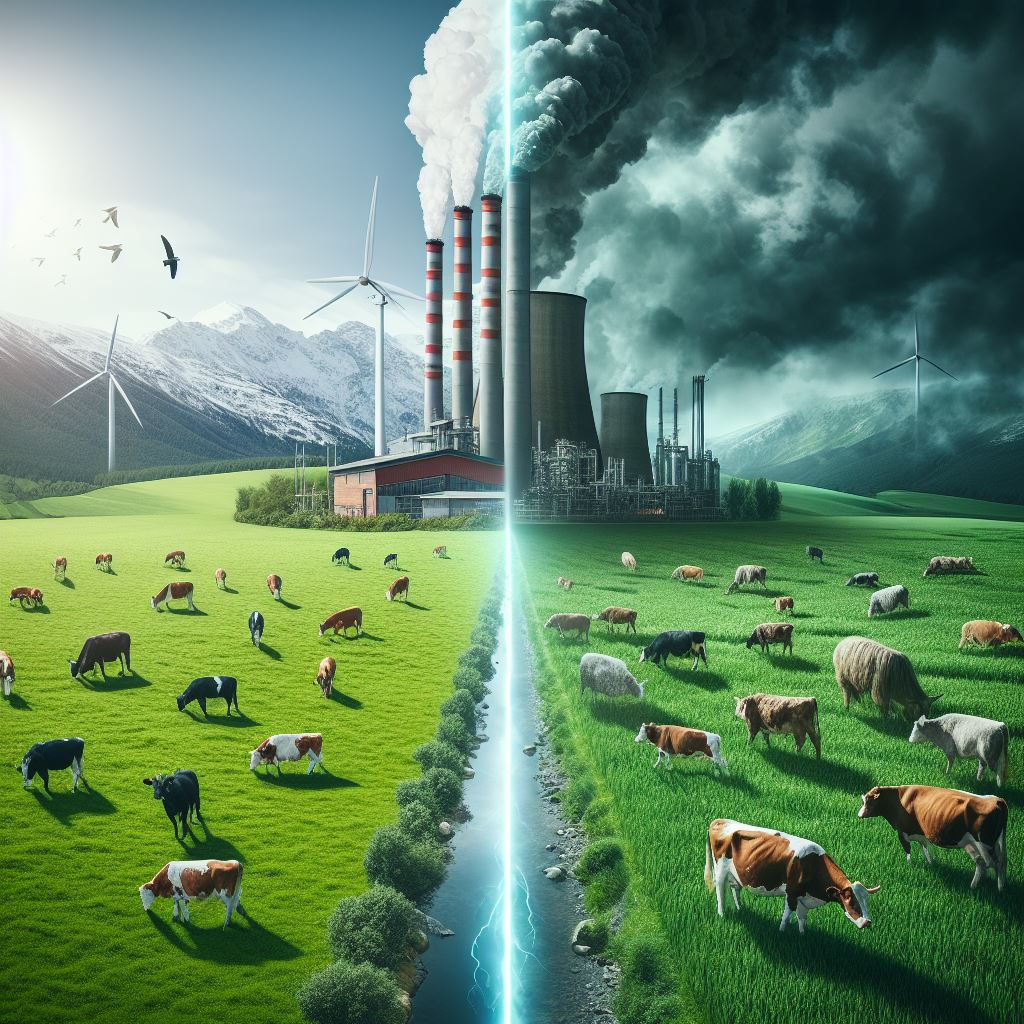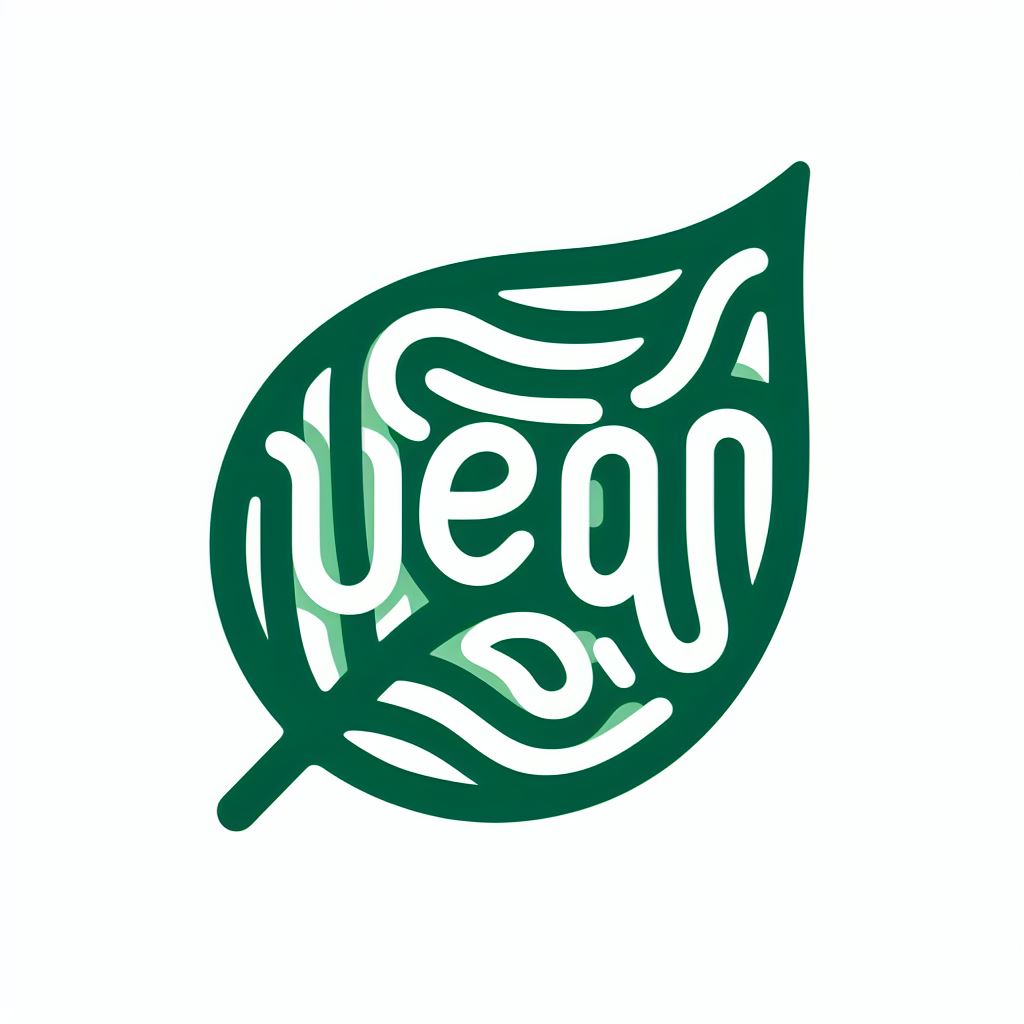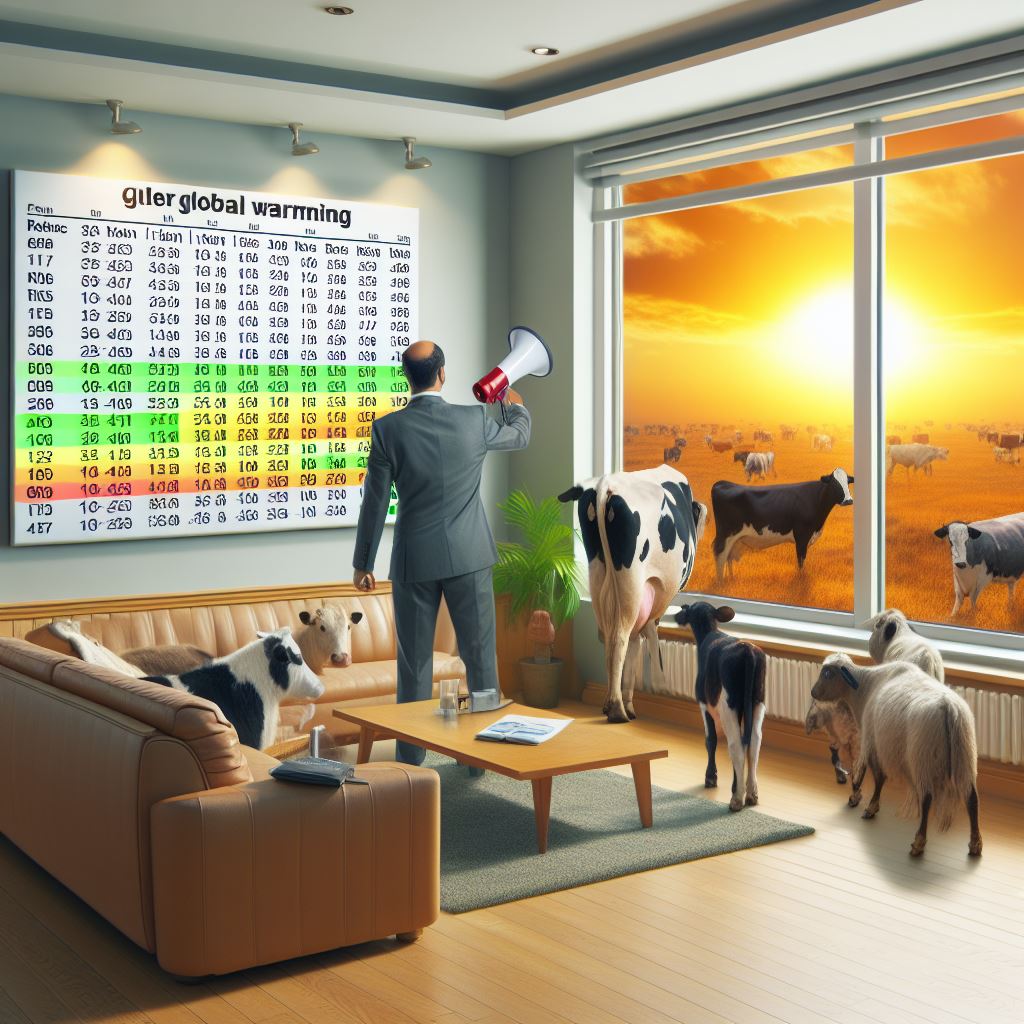Livestock-impact
Livestock farming significantly contributes to global warming, primarily through the production of methane, a potent greenhouse gas. Methane is produced during the digestive process of ruminants such as cows, sheep, and goats. This process, known as enteric fermentation, is responsible for a large portion of agricultural greenhouse gas emissions. Additionally, manure storage and processing also emit methane and nitrous oxide, another potent greenhouse gas. Livestock farming is also linked to deforestation, as land is often cleared to create pastures or grow feed crops, leading to significant carbon dioxide emissions.
However, it’s important to note that sustainable livestock practices can help mitigate these impacts. For instance, improving feed quality and health care can reduce methane emissions from enteric fermentation. Manure management practices, such as anaerobic digestion, can capture and utilize methane for energy production. Furthermore, silvopastoral systems, which integrate trees with pasture, can sequester carbon and enhance biodiversity. Therefore, while livestock farming is a significant contributor to global warming, it also holds potential solutions for climate change mitigation.



